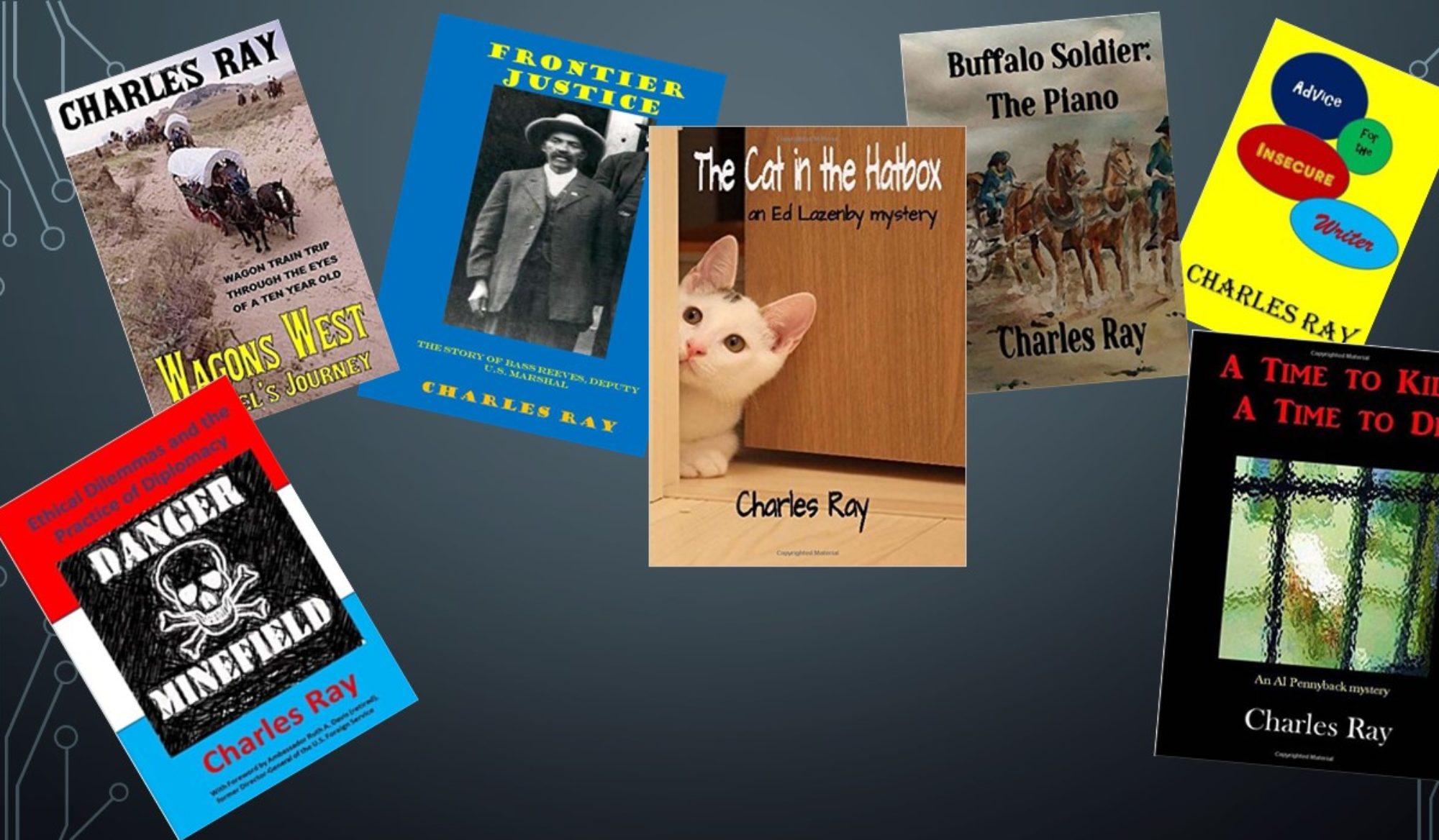If you struggle, as many of us do on occasion, to write that novel that’s been bubbling inside your brain for a long time, you might want to consider using a technique that I stumbled across some years ago—structure your novel in three acts. Unsure what I’m talking about? Allow me to explain.
Whether you’re a plotter (someone who maps out your story in detail before starting to write) or a pantser (you just sit down and start writing)—and, I’m somewhere between these two extremes—using the three-act format common to stage plays will help you create a good story.
Here’s how it works.
Act 1. This is roughly 25% of your story, and it’s where you introduce characters and situations. Somewhere near the end of this act, you introduce the change in the status quo that your character must deal with.
Act 2. The second act is the meat of your story, about 50% of the total. In act 2, the main character starts to make some progress, to commit to moving in a certain direction until he or she reaches a point of no return (roughly halfway through the act), whereupon you introduce serious obstacles to the character accomplishing the desired goals. I often say, in a novel, you put your character up a tree, throw rocks at him, and then let him climb down. Well, it’s in act 2 that you start throwing rocks. It is in this part of the story that the fear that your character might fail in her quest is introduced. Will the murderer get away? Will the heroine enter the basement where the axe murderer awaits? Make your reader think this is a distinct possibility.
Act 3. Now, we come to the final 25%, and unless you’re writing dark fiction where bad things happen to good people and there’s nothing they can do about it, this is where your character undergoes transformation, finds a way out (make sure it’s logical and not deus ex machina, preferably foreshadowed by some subtle clue you’ve planted in act 2 somewhere, or even in act 1) and reaches her goal. The last one or two percent or so of the story, the last few pages of act 3, should tie up loose ends and leave the reader satisfied that all is right, in your fictional world.
Now, the percentages I give are just approximations, I sometimes have a very short act 1, or act 2, and put most of the meat of my story into act 2, but the three-act structure remains more or less intact. As a reminder, I keep a chart over my desk, that looks something like this:
Plot Timeline
Act 1 Act 2 Act 3
I———————I——————————————-I———————I
Introduction Meat Solution
There you have it. That’s how I write. It just might work for you as well. Worth a shot, don’t you think?




